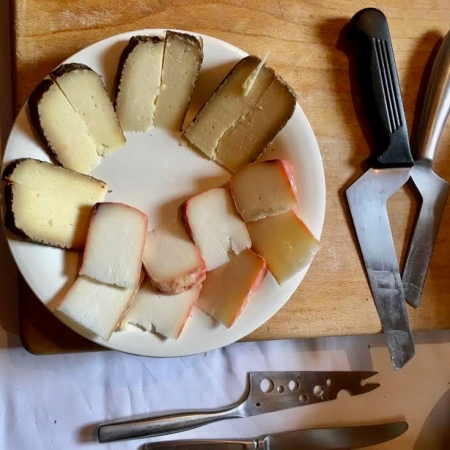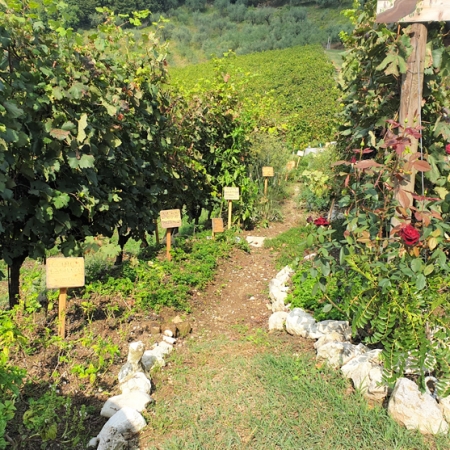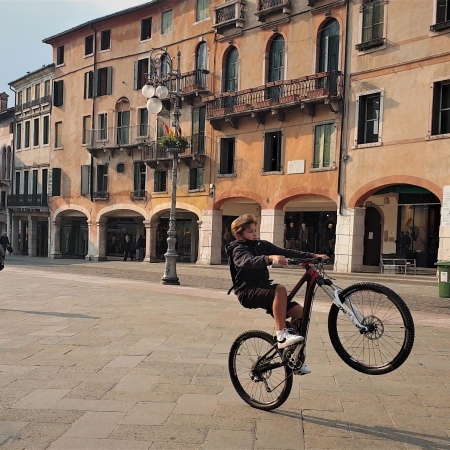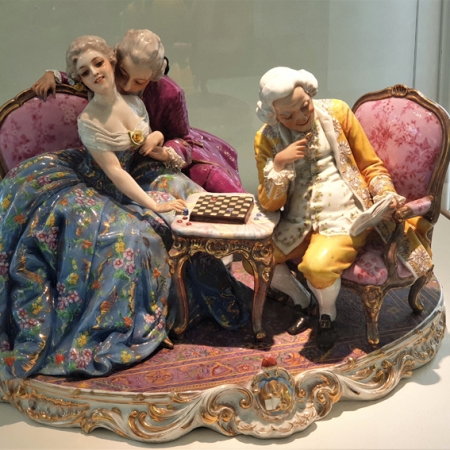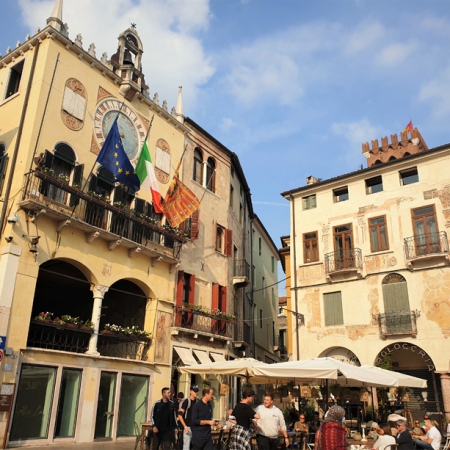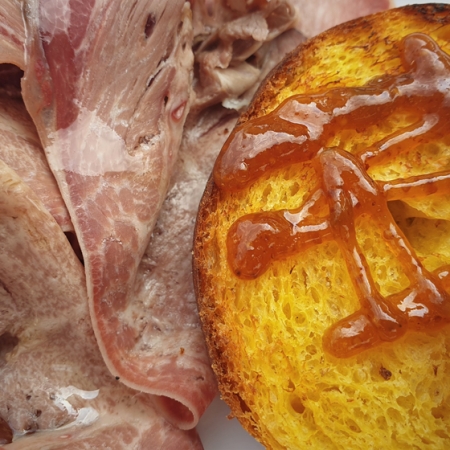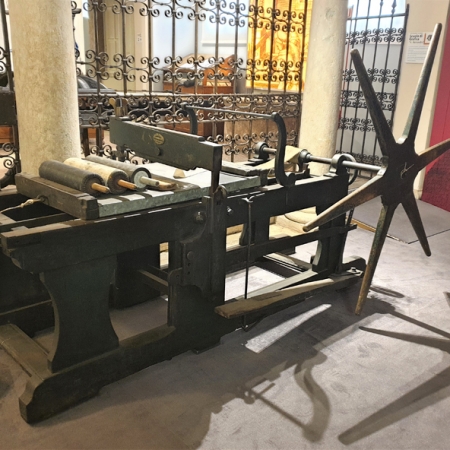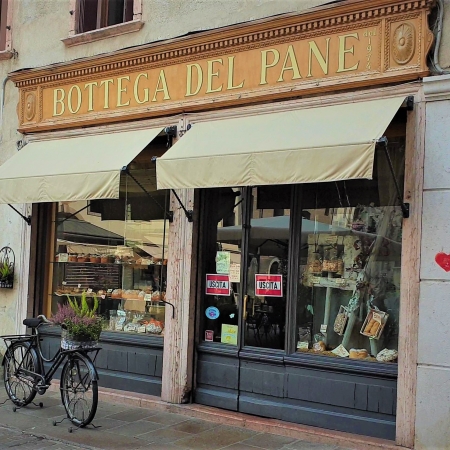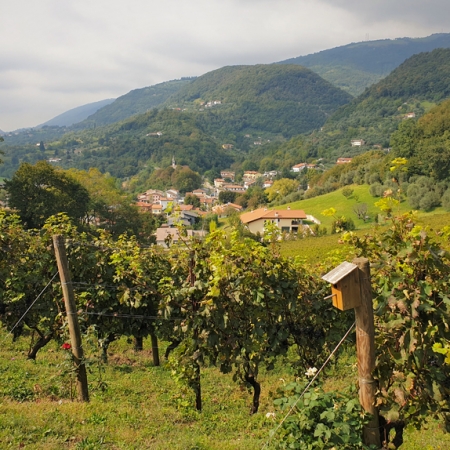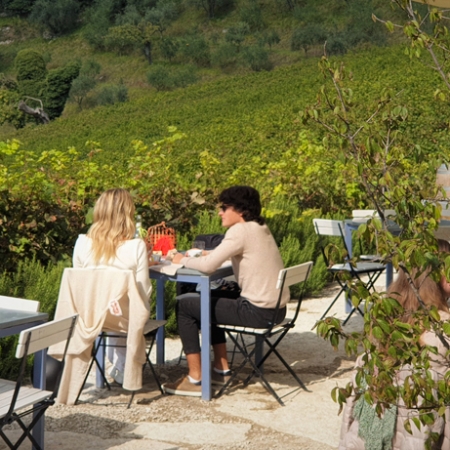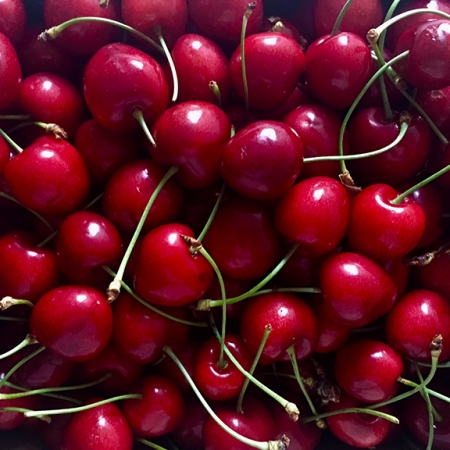BASSANO & MAROSTICA
Besides the main tourist destinations in Veneto, our tour ‘Medieval Veneto: Bassano and Marostica‘ allows you to enjoy the charm of our enchanting countryside.
Bassano del Grappa lies along the Brenta River, which rises in Trentino, and flows through different regional areas before ending in the Adriatic Sea.
Together with Marostica, just 15 minutes away by car, Bassano was a crucial crossroad of trade between Venice and Northern Europe, due to its strategic location.
Our tour ‘Medieval Veneto:Bassano and Marostica‘ begins in the morning, at Piazzale Roma with your private guide.
Get in our comfortable van and relax, while the driver is heading towards the Pre-Alps, particularly to the Monte Grappa massif.
As you approach the area, marvel at the spectacular view of Bassano standing out against the highest peak, like a stage set.
Admire the tall brick bell towers, the Medieval crenelated walls, the white and red buildings perched on top of the hillside, opposite to the tall windowed houses overlooking the river.
In the town center, everything is so distinctive: house walls decorated with refined frescoes next to bright colored façades, and an impressive variety of architectural styles.
Moreover, a wide range of deli stores enhances the flair of a residential area brimmed with history, gourmet specialties, and artisanal excellence.
Bassano’s prestige was based on two major products: printing houses and ceramics.
In the Baroque age a talented local craftsman, Giovanni Antonio Remondini, founded a printing house that became one of the most famous typographies in Europe supported by over a thousand professional workers, active up to the 19th century.
In 1669 the Senate of Venice allowed Francesco Manardi to produce fine majolica pieces with the help of the most skilled masters from Faenza and Lodi, the best ceramic production centers in the peninsula.
It was just the beginning of a fast commercial and artistic growth that is partly surviving today, a turning point in the history of this small town.
With the help of your local guide, you will learn the techniques and the artistic subtlety of the valuable Remondini etchings and prints, stare at the fancy maiolica pieces and the amazing dining services displayed at the Palazzo Sturm Museum, along the stony shore of the Brenta River.
Before getting on the car again, take a walk through the celebrated Ponte degli Alpini, a massive wooden bridge designed by Andrea Palladio in 1567, and a current town hallmark.
A few steps before the Bridge, the sign Museo della Grappa will draw your attention.
Discover Veneto with us: https://walksinsidevenice.com/tours/treviso-a-subtle-charm/
HIGHLIGHTS
- Full day trip to Bassano and Marostica
- Fine ceramics and valuable prints at Palazzo Sturm Museum
- Gourmet lunch in a winery
MORE ABOUT
THIS TOUR
Bassano del Grappa became important under the Ezzelini rulers, who commissioned the brick castle, part of the walls, and the Cathedral renovated in the next Ages.
Despite the heavy fightings between Vicenza, Paua, and Verona for territorial supremacy, Bassano never underwent destruction or severe arsons. From 1405 onwards, the Republic of Venice allowed the town to flourish and partly keep its independence from the central Government.
In this long period of peace and prosperity, the Da Ponte family of painters played a crucial role in the history of local art forms.
Jacopo, the dynasty’s founder, inherited his father’s workshop in the late 1520s, before moving to Venice. This commercial hub was achieving the golden age of the Renaissance, with a concentration of masters such as Giorgione, Titian, Pordenone, Lorenzo Lotto, and Bonifacio de’ Pitati who allowed him to join his atelier.
Jacopo developed a preference for brilliant colors, figures dressed in 16th-century clothing, the presence of lay people next to sacred characters, and details from everyday life, such as various food, or pets.
He started a new style that passed to his four sons. While their father returned home in 1539 and settled down forever, his progeny worked extensively in Venice, both in churches and Palazzo Ducale.
The most remarkable Bassano handicraft is colorful ceramics, produced in the nearby town of Nove as well. Palazzo Sturm museum provides a showcase of the entire range of topics, from Baroque to Contemporary Age.
DRESS CODE AND ADVICE
- Comfortable shoes and warm clothes, especially in mid-season.
COST
- This tour lasts approximately 8 hours and costs: 1450 euros up to 6 people
- Private car or minivan service, round trip tour from Venice
- Professional English speaking guide
- Only private parties
- Lunch in a winery not included, 40 euros per person
- Entrance fee to Palazzo Sturm 14,50 euros per person, not included
- For larger parties: please send us an email!

